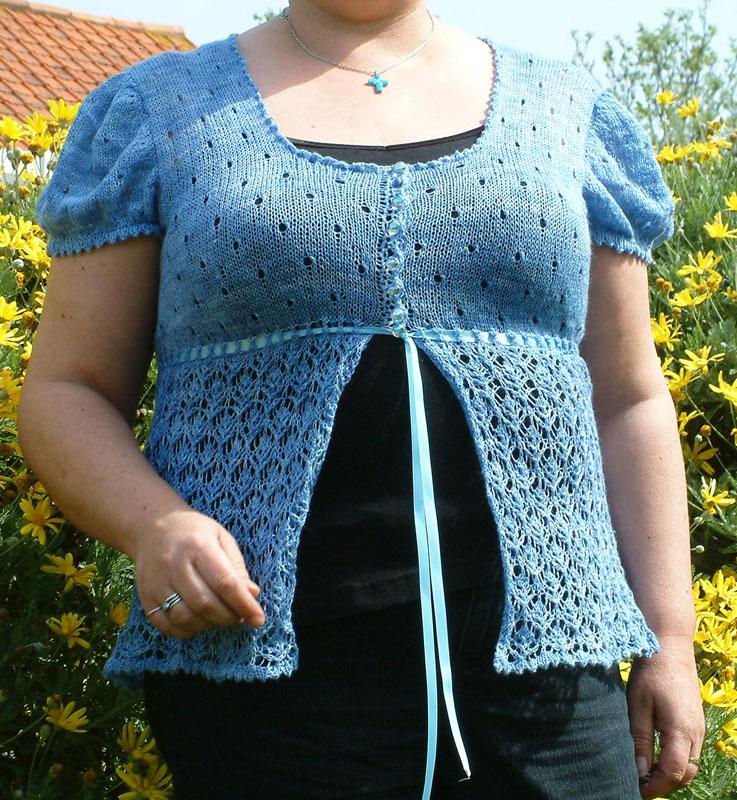Baby's First Shoe
In the 1800's women's "How To" books were quite popular. Some claimed instructions for cooking, others, like this The Workwoman's Guide, Containing Instructions to the Inexperienced in Cutting out and Completing Those Articles of Wearing Apparel Which Are Usually Made at Home, detailed needlework and embroidery.
Many were, like this one, written merely "by a Lady"--but all were valuable treasure troves of information to the young women who pored over them. The instructions found here, for tiny Regency baby shoes, come from the second edition of the book, printed in London in 1840. The preface of which, begins thus, "The Author of the following pages has been encouraged to hope, that, in placing them, after much deliberation, in the hands of a printer, she is tendering an important and acceptable, however humble, service to persons of her own sex, who, in any condition of life, are engaged, by duty or inclination, in cutting out wearing apparel in a family, or for their poorer neighbours. She trusts, in particular, that Clergymen's Wives, Young Married Women, School-mistresses, and Ladies' Maids may find, in the " Workwoman's Guide," a fast and serviceable friend. The patterns, which comprise all the necessary parts of clothing in great variety, to suit both rich and poor, have been some years in collecting, and are given as the most generally approved shape and sizes in present use.
Economy and neatness of appearance have been equally consulted in choosing them, and all have been successfully tried. In selecting and arranging the Infant's wardrobe, the comfort of the little wearers and ease of dressing, have been accurately studied. Interested by the feelings of a Mother in this division of her book, the Author has worked at it with especial zeal and assiduity, and submits it with particular confidence."
 Note, in these instructions, a "Nail" is equal to 2 1/4"-- no doubt the length of the acutal nail used in the measuring process. The pattern follows, after the instructions.
Note, in these instructions, a "Nail" is equal to 2 1/4"-- no doubt the length of the acutal nail used in the measuring process. The pattern follows, after the instructions.

Baby's First Shoes
Plate 20. Fig. 51, 52, 53, 54. These look very well made of crimson cloth, with soles of black cloth, or they may be of silk or satin, quilted. The shoe is in two parts, each of which is lined with flannel, and bound with crimson ribbon, which is stitched on very neatly; between the cloth and the flannel of the sole, is laid one of pliable leather, to give it a little firmness. The front part, Fig. 51, is first sewed on to the sole (see Fig. 54), after which, the back, Fig. 52, is put on, and being so cut as to overlap the front, oylet-holes are made at A, Fig. 54, and at E, Fig. 52, through which a ribbon is passed, which serves at once to tie the shoe, and to keep the front and back of it together; the sides not being sewed up at all.Baby's Second Shoes
Plate 20. Fig. 47. This is made of soft velveteen, strong jean, or thick cloth, lined with fine calico. It is cut all in one piece, as follows:—let your paper for the pattern be two nails and a half long, and one deep. Lay B A, which is the folded part, on a double piece of the material. Cut from F to G, slope from G to E, curve from E to A, round from C to B, cut from B to A. This shoe should be bound with ribbon; it looks pretty made of drab or grey, and bound with blue or rose colour. A little bow is put on in front, and strings are sewed to the ends of the straps, or passed through oylet-holes made in them, to tie round the ancle, and thus keep the shoe in its place.Baby's Ticking Shoe
PLATE 20. FIG. 50. This is also in one piece, and makes a pretty variety, it is cut according to the scale given before, and care must be taken in the cutting out to place the ticking on the pattern, so that the stripes lie properly, i. e. straight from the middle or front of the shoe, to the toe. The ticking is then ornamented by being worked in the intervals between the dark stripes, either in herring-bone, or some other fancy stitch, in coloured netting silk, either in one colour, or in two well chosen contrasts, as blue and brown, crimson and dark green. It is then lined all through, bound with ribbon to suit the work, and sewed up behind. The sole is of thick but flexible leather, lined and bound. Oylet-holes are made on each side of the slit in the front, through which a ribbon is laced, to tie it up, and a bow put on at the top of the slit, completes it.
This scan of "Plate 20" shoes the immense scale of this book: 


The workwoman's guide, containing instructions ... in cutting out and completing those articles of wearing apparel, &c. which are usually made at home ... By a Lady [i.e. Maria Wilson?];London: Simpkin, Marshall, & Co.; Birmingham: Thomas Evans, 1840.


Leave a comment
This site is protected by hCaptcha and the hCaptcha Privacy Policy and Terms of Service apply.